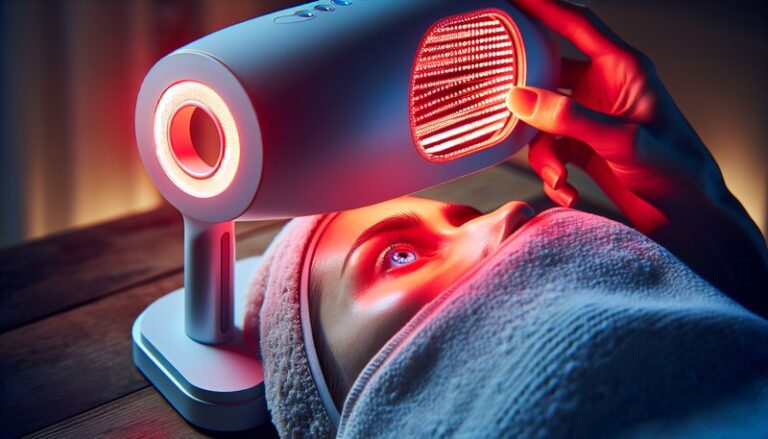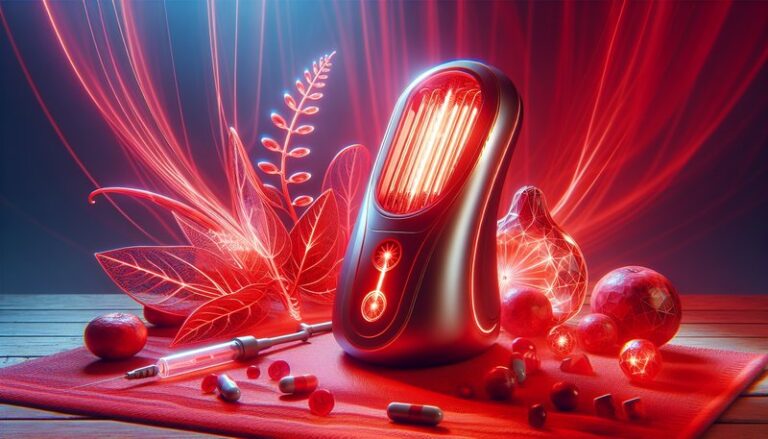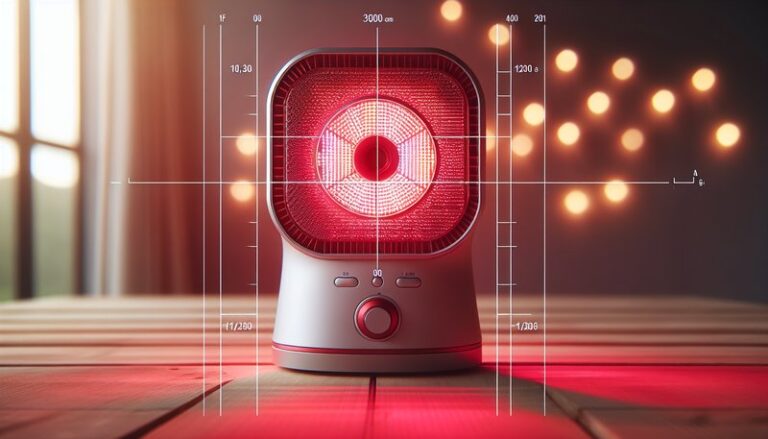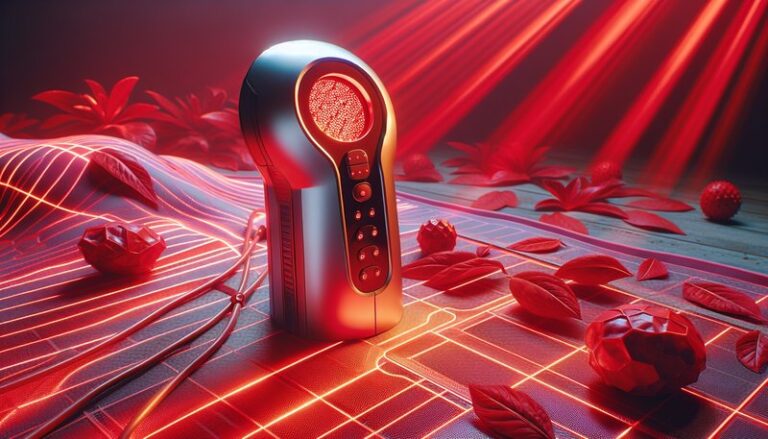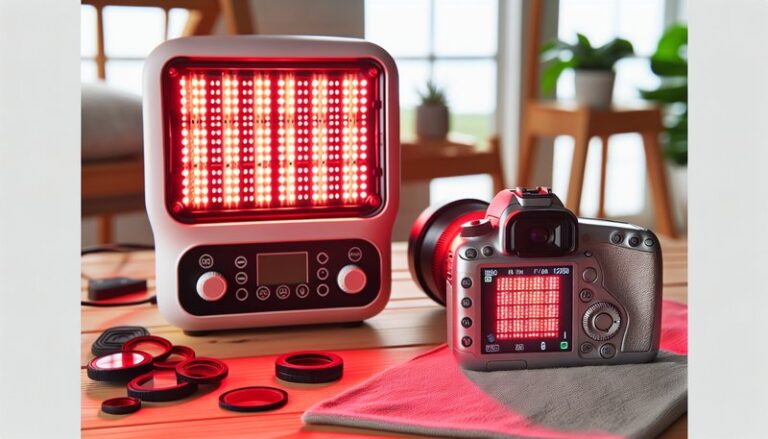Does Red Light Therapy At Home Work?
Does Red Light Therapy At Home Work?
Have you ever wondered if those at-home red light therapy devices are as effective as professional treatments?
In this article, we will explore the efficacy of red light therapy when used at home, its benefits, and consider important factors to weigh before investing in such devices. You’ll also find alternatives to explore and answers to common questions regarding this trending health trend.
Key Takeaways
- Red light therapy has been shown to provide various skin and health benefits when used consistently.
- At-home devices can be effective, but results may vary based on factors like device quality and treatment duration.
- It’s essential to approach red light therapy with realistic expectations and informed decisions.
What is Red Light Therapy?
Red light therapy (RLT) involves the use of low-level wavelengths of red light to promote healing, reduce inflammation, and improve skin conditions. It is a non-invasive treatment typically applied using devices that emit specific wavelengths of light.
Red light therapy stimulates the mitochondria in cells, enhancing their energy production and promoting healing processes in the body. As a form of phototherapy, RLT has gained popularity for its wide range of applications, from skincare to muscle recovery.
One of the appealing aspects of red light therapy is the portability of home devices, making it a feasible option for those who may prefer or require convenience in their health and wellness regimens.
What are the Benefits of Red Light Therapy?
Red light therapy is credited with several beneficial effects, and the following points will delve into these advantages in detail.
Skin Health Improvement
Red light therapy can significantly enhance skin health, by reducing wrinkles, fine lines, and acne. Studies have shown that exposure to red light improves collagen production, giving the skin a more youthful appearance.
Pain Relief
For those dealing with chronic pain or injuries, red light therapy can contribute to effective pain relief. This non-drug approach may reduce inflammation and encourage healing in muscle tissues and joints.
Enhanced Muscle Recovery
Athletes and fitness enthusiasts often utilize red light therapy to speed up muscle recovery post-workout. The therapy helps reduce soreness and fatigue, allowing individuals to return to their routines more quickly.
Mood and Sleep Enhancement
Using red light therapy in the evening may improve sleep quality and mood by positively influencing the body’s circadian rhythm through the regulation of hormones like melatonin.
Is it Possible to Use Red Light Therapy at Home?
Yes, it is indeed possible to utilize red light therapy at home. With a variety of devices available in the market—from small handheld units to larger panels—the feasibility of home use has expanded significantly.
What are the Advantages of Using Red Light Therapy at Home?
Using red light therapy at home comes with its own set of benefits.
Convenience
Home devices allow users to enjoy therapy at their convenience, without the need to schedule appointments or travel to a clinic.
Cost-Effective
While an initial investment may be required for a quality device, the long-term savings compared to ongoing treatments at a professional facility can be substantial.
Customized Treatment
At-home use allows individuals to tailor their therapy sessions according to their specific needs and preferences regarding duration and frequency.
What are the Disadvantages of Using Red Light Therapy at Home?
While there are several advantages, it’s also crucial to consider the downsides.
Variable Results
Not all at-home devices are created equal, leading to varying levels of effectiveness. Users might not achieve the same results as they would with professional treatments.
Risk of Improper Use
Without proper guidance, individuals may misuse devices—whether through incorrect settings or excessive use—which can lead to minimal results or unwanted side effects.
Limited Capacity
Home devices might cover smaller areas compared to professional setups, potentially resulting in less comprehensive treatments.
What are the Things to Consider Before Using Red Light Therapy at Home?
Before diving into at-home red light therapy, there are several important considerations to keep in mind.
Device Quality
Invest in devices from reputable brands known for their safety and efficacy. Check for clinical studies or customer reviews that vouch for the product’s performance.
Consult with a Healthcare Professional
Before starting any new treatment regimen, particularly if you have existing health conditions, consulting with a healthcare provider is always wise to assess suitability.
Know Your Expectations
It is essential to have realistic expectations of the results. Research and understand that factors like individual skin type or health issues can influence outcomes.
What are the Alternatives to Red Light Therapy?
If red light therapy doesn’t appeal to you or isn’t conducive to your situation, there are several alternatives to consider.
Blue Light Therapy
Often used for acne treatment, blue light therapy targets the bacteria that cause breakouts and has become a popular option for skin health.
Chemical Peels
Chemical peels can improve skin texture and tone through the application of various acid solutions, providing an alternative method for skin rejuvenation.
Microdermabrasion
This treatment exfoliates the outer layer of skin using tiny crystals or a diamond-tipped wand. It is effective for improving skin appearance and reducing blemishes.
Conclusion: Is it Recommended to Use Red Light Therapy at Home?
In conclusion, red light therapy at home can be effective, offering numerous benefits for skin and overall health when used correctly. Individuals should approach this method with realistic expectations, ensuring they research suitable devices and consult with professionals if necessary. Ultimately, it can be a convenient and cost-effective addition to your wellness routine.
Frequently Asked Questions
How long should I use red light therapy at home?
Most practitioners recommend sessions ranging from 10 to 20 minutes, two to five times a week, depending on the specific device and desired outcomes.
Is red light therapy safe?
Yes, red light therapy is generally considered safe, though you should avoid shining the light directly into your eyes and consult a medical professional if you have concerns.
For more, see Duration of Red Light Therapy Usage
Learn the secrets in Can Red Light Therapy Worsen Melasma?
Can I see results immediately?
While some individuals may notice improvements after just a few sessions, optimal results typically develop over time and require consistent use.
Are there any side effects?
Side effects are minimal but may include temporary redness or irritation in some cases. These are usually short-lived.
How do I choose the right device?
Research various products, considering factors like wavelength, intensity, and user reviews. Aim to choose a device backed by clinical studies supporting its effectiveness.

